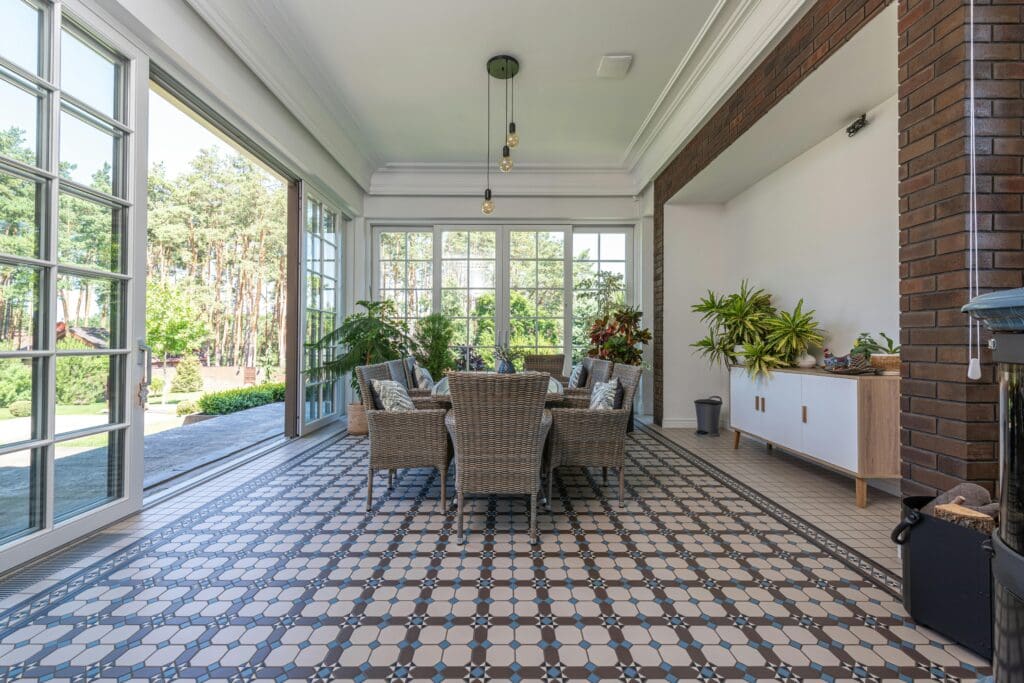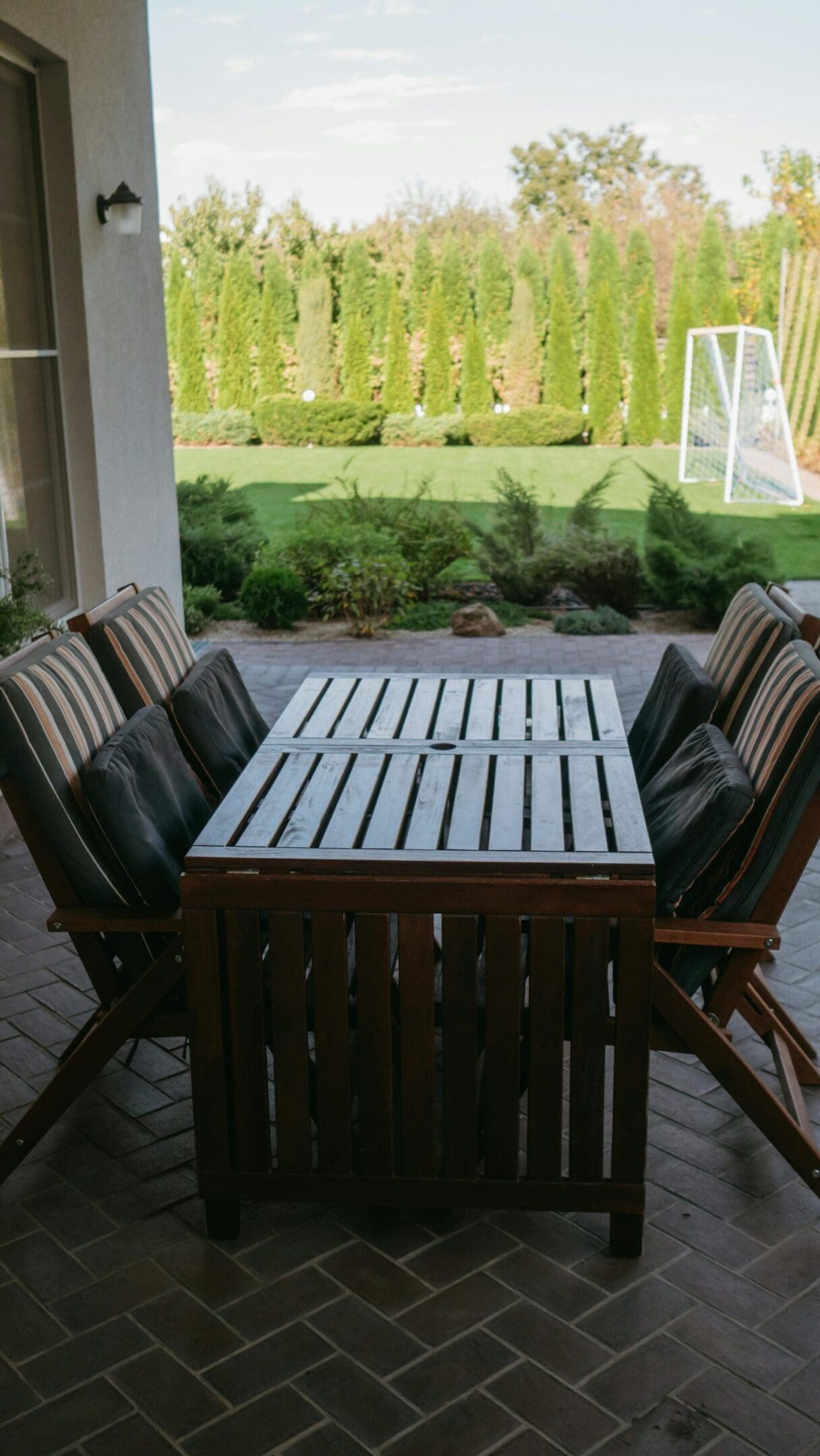Backyard Design: How to Start Designing Your Outdoor Living Space for Spring
As the days grow longer and the chill of winter fades, spring offers the perfect opportunity to transform your backyard into a functional and beautiful extension of your home. Just like your interior rooms, a well-designed outdoor living area can reflect your personal style while enhancing daily life. Thoughtful outdoor design not only improves the aesthetics of your yard but also increases its usability—blurring the lines between indoors and out to maximize comfort, relaxation, and entertainment potential. Whether you’re working with a sprawling yard or a compact patio, smart planning ensures your outdoor living area aligns with your lifestyle and the natural environment.

1. Define Your Vision and Purpose
Before diving into materials and décor, start by identifying how you want to use your outdoor space. Will it be an area for quiet relaxation, alfresco dining, entertaining guests, or a multi-purpose family-friendly retreat? Understanding your goals will help guide layout decisions, furniture selections, and landscaping choices—just as you would when designing an indoor room.

2. Consider Zoning for Functionality
Creating designated zones helps optimize your backyard’s usability, much like organizing rooms within your home. Here are some common zones to consider:
- Dining Area: A patio or deck space with a sturdy table and comfortable seating, ideally near the kitchen for convenience.
- Lounge & Relaxation: Cozy seating with weather-resistant cushions, perhaps around a fire pit or under a pergola.
- Cooking & Bar Area: An outdoor kitchen or a simple BBQ station, complete with prep space and storage.
- Greenery & Garden Features: Raised garden beds, native plants, or even vertical gardens to enhance aesthetics and biodiversity.
- Kids’ Play & Activity Space: A safe area with soft surfaces for play structures or open spaces for games.
3. Work With Your Climate and Natural Light
Each region presents unique climate considerations. In British Columbia, for example, prioritizing water-resistant materials and drainage solutions is key. Sunlight patterns also play a crucial role in deciding where to place seating and shaded areas.
- Use deciduous trees or pergolas with retractable canopies to provide summer shade while allowing winter sunlight.
- Opt for native plants suited to your climate to reduce maintenance and water usage.
- Install windbreaks, such as hedges or privacy screens, if your location is prone to strong gusts.

4. Select Durable and Sustainable Materials
Quality materials extend the longevity of your backyard features while minimizing upkeep. Some of the best choices in 2025 include:
- Composite Decking: Resistant to moisture and fading, composite wood is a sustainable and low-maintenance alternative to traditional timber.
- Permeable Pavers: These allow rainwater to seep through, reducing runoff and preventing puddles.
- Outdoor Fabrics: High-performance textiles resist mold, fading, and water damage while providing a comfortable aesthetic.
- Reclaimed Wood and Natural Stone: Environmentally friendly choices that add timeless beauty and character.
5. Incorporate Smart Technology
Modern outdoor spaces benefit from technology that enhances convenience and sustainability:
- Smart Lighting: Solar-powered, motion-sensor, or app-controlled LED lights improve ambiance and security.
- Automated Irrigation: Systems that adapt to weather forecasts help maintain gardens efficiently.
- Wireless Outdoor Speakers: Seamless integration with your home’s sound system creates the perfect atmosphere for gatherings.
- Fire and Heating Elements: Propane or electric heaters, fire pits, and bioethanol fireplaces extend usability into cooler months.
6. Balance Aesthetics and Functionality
While selecting design elements, balance visual appeal with practical needs:
- Choose color palettes that complement your home’s exterior and interior to create a seamless visual flow.
- Mix textures such as wood, stone, and metal for depth and contrast.
- Incorporate versatile furniture—foldable, stackable, or modular pieces maximize space flexibility.
- Add personal touches like outdoor rugs, planters, or decorative lanterns to create warmth and character, much like you would inside your home.

7. Plan for Low-Maintenance Upkeep
A well-designed outdoor space should be easy to maintain so you can spend more time enjoying it:
- Use self-watering planters or drought-tolerant landscaping to reduce watering needs.
- Invest in quality furniture covers to protect seating from the elements.
- Choose hardscaping over high-maintenance lawns if you prefer a minimalist upkeep approach.
Conclusion
A thoughtfully designed backyard enhances your home’s livability, connects you with nature, and provides a personal retreat for relaxation and socializing. When you treat your outdoor area as a true extension of your indoor living space, the result is a cohesive, welcoming environment that supports both everyday routines and special moments. By considering function, sustainability, and aesthetics, you can create an outdoor living space that not only serves your needs today but remains a cherished part of your home for years to come. As you embark on this transformation, take inspiration from professional landscape designers and embrace innovative solutions that reflect your unique lifestyle and environment.
